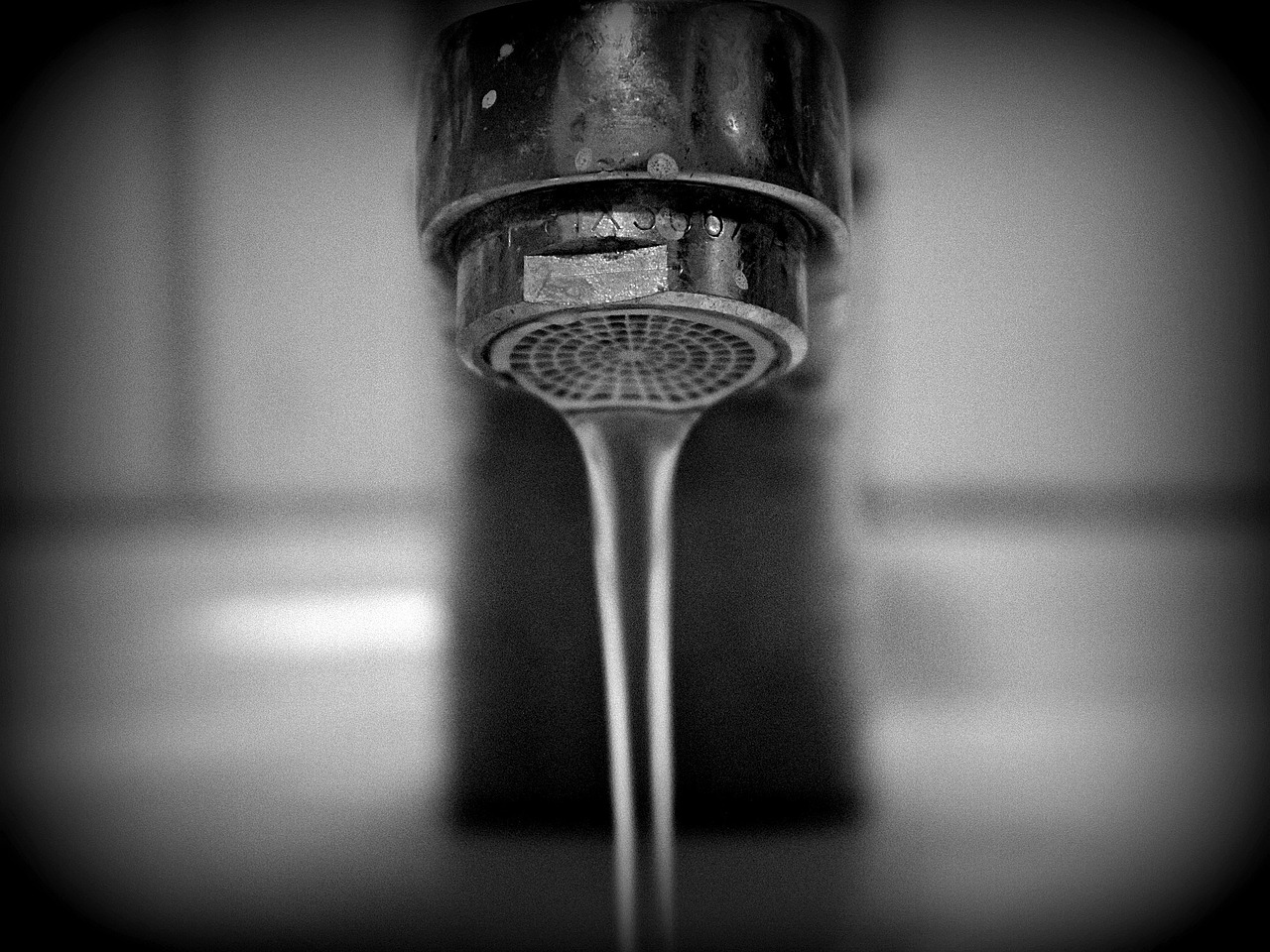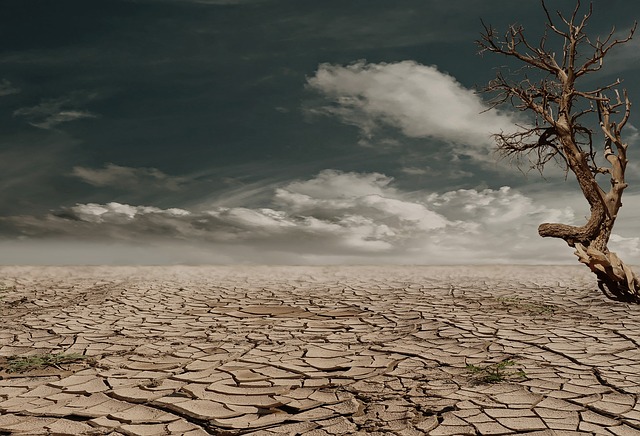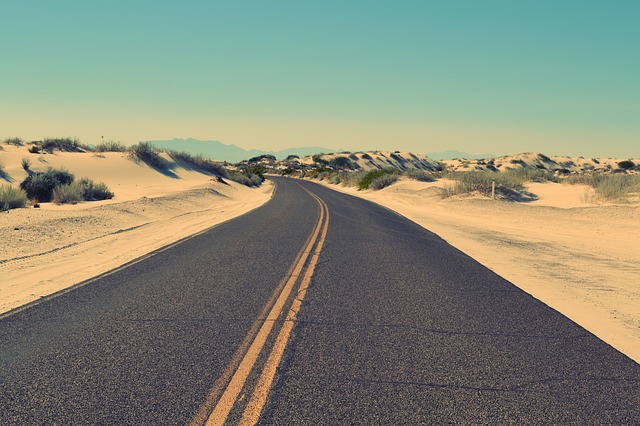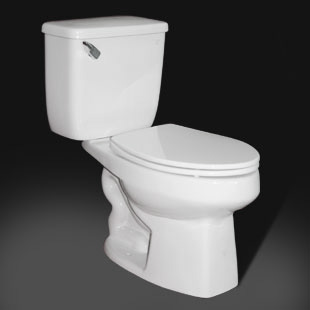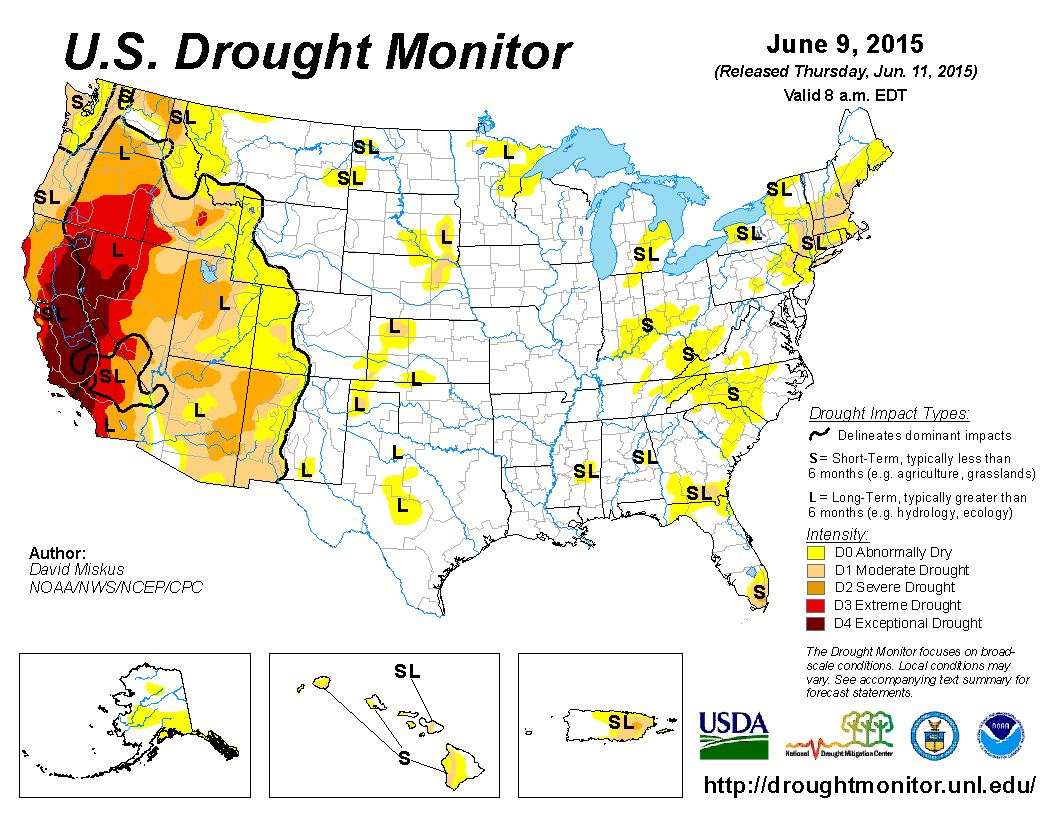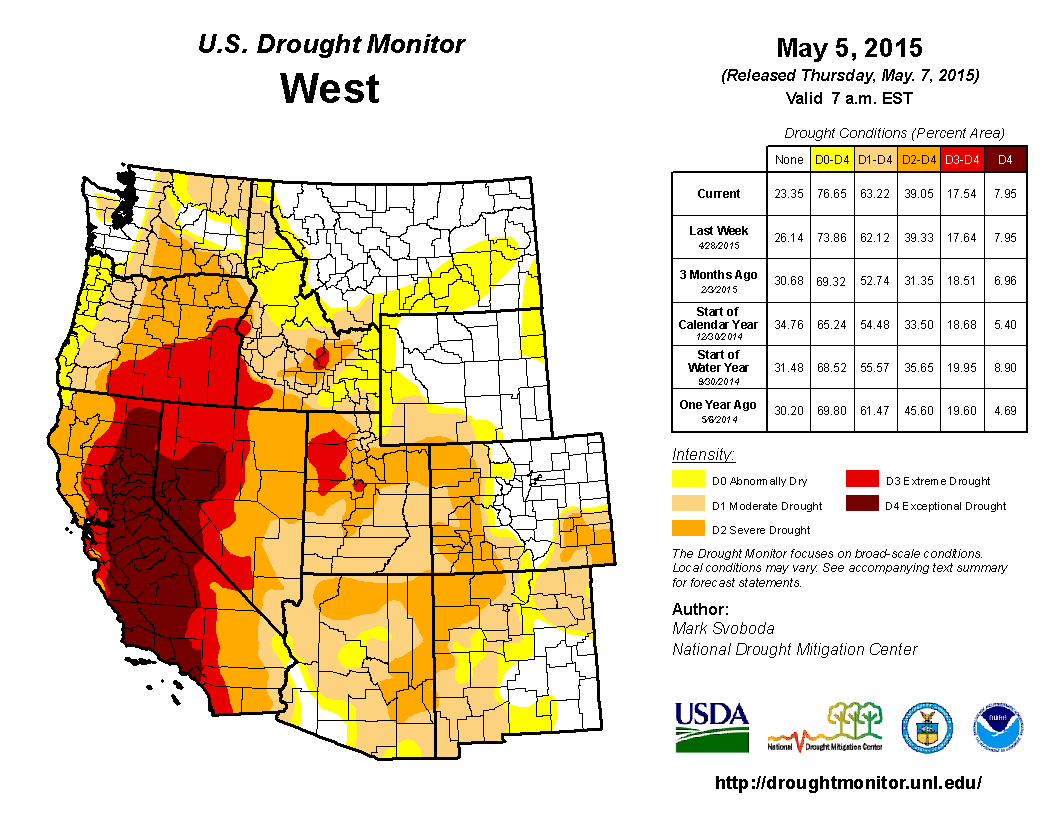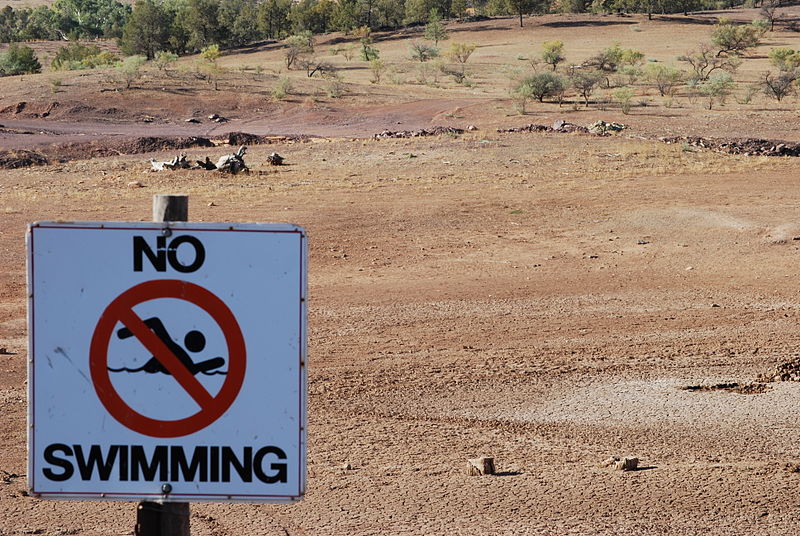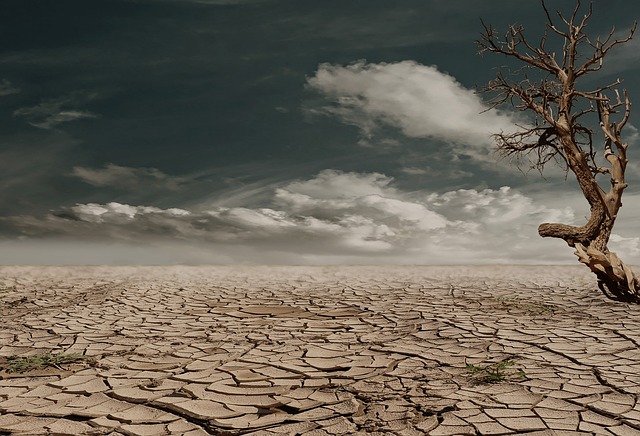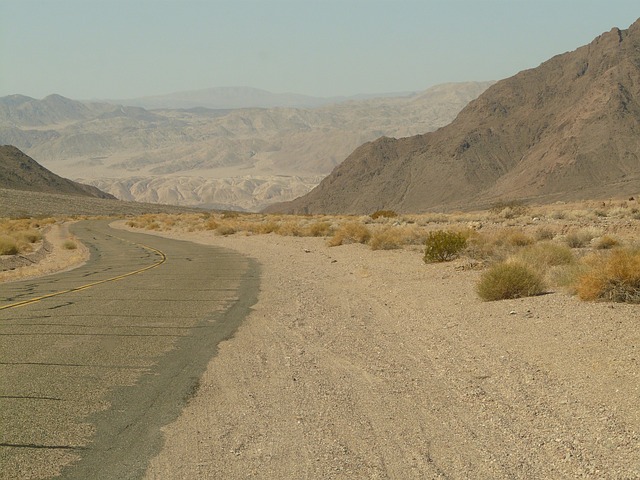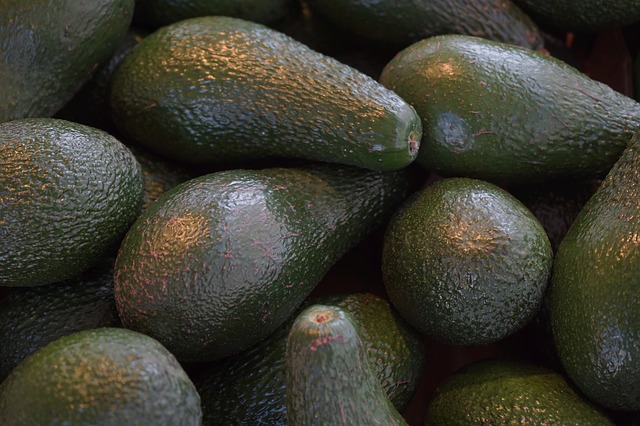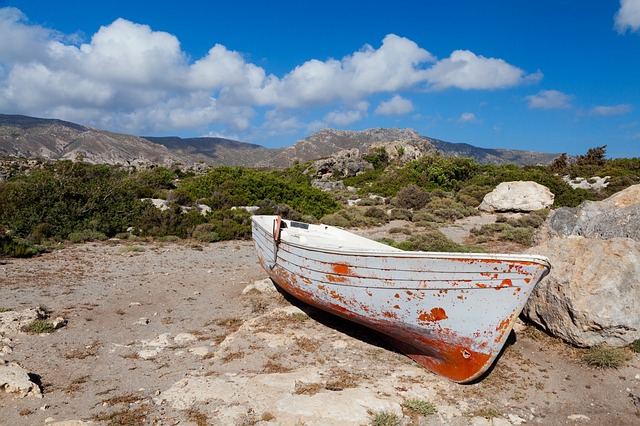California Drought
Three years into drought, Californians adapt to a drier way of life
Three years into a historic drought in California, with 2013 being the driest year on record for the state, stories like the ones above are proliferating. They point to the fact that Californians are finally turning their concern about the drought into changed behavior. “I think people are just taking it more seriously,” says John Moore, an insurance salesman from Sherman Oaks.
Kiss Your Guacamole Good-Bye: Drought-Stricken California Farmers Stop Growing Avocados
When Chipotle warned investors back in March that it might suspend serving guacamole at its restaurants if avocado prices rose because of the California drought, climate change hit home for chip-and-dip lovers, who took to Twitter in distress. Things have not gotten better since then. It takes 74 gallons of water to produce one pound of avocados—and drought-stricken California produces 95 percent of the avocados grown in the United States.
NASA Warns California Drought Could Threaten U.S. Food Supply: ‘There will be some definite changes’
NASA’s Jet Propulsion Laboratory has sounded a stark warning over California’s sustained drought, publishing its latest findings where satellite surveys show a rapidly depleting groundwater supply. And with California as the United States’ most valuable agricultural state, and thus key to America’s food supply (and much of the world’s as well) that could mean drastic consequences for food commodity prices and potential shortages. The Nature Climate Change journal carried the report, which Think Progress summarized:
Growing List Of Northern California Communities Running Out Of Water In Just 60 Days
California’s water shortage has reached a critical stage. At least a dozen communities in Northern and Central California are at risk of running out of water in just 60 days. The areas in jeopardy include Colusa and El Dorado County.
Daily household water allocation could be the next California drought strategy
As California’s severe drought moves into a fourth year, state and local water agencies are working on something called “allocation-based rate structures,” a kind of precursor to water rationing that’s all the rage in Sacramento and in some areas such as Santa Cruz, Irvine and Santa Monica. Here’s how it works: Your local water company, special district or city assigns you and your household a number in gallons — a daily water allocation.
